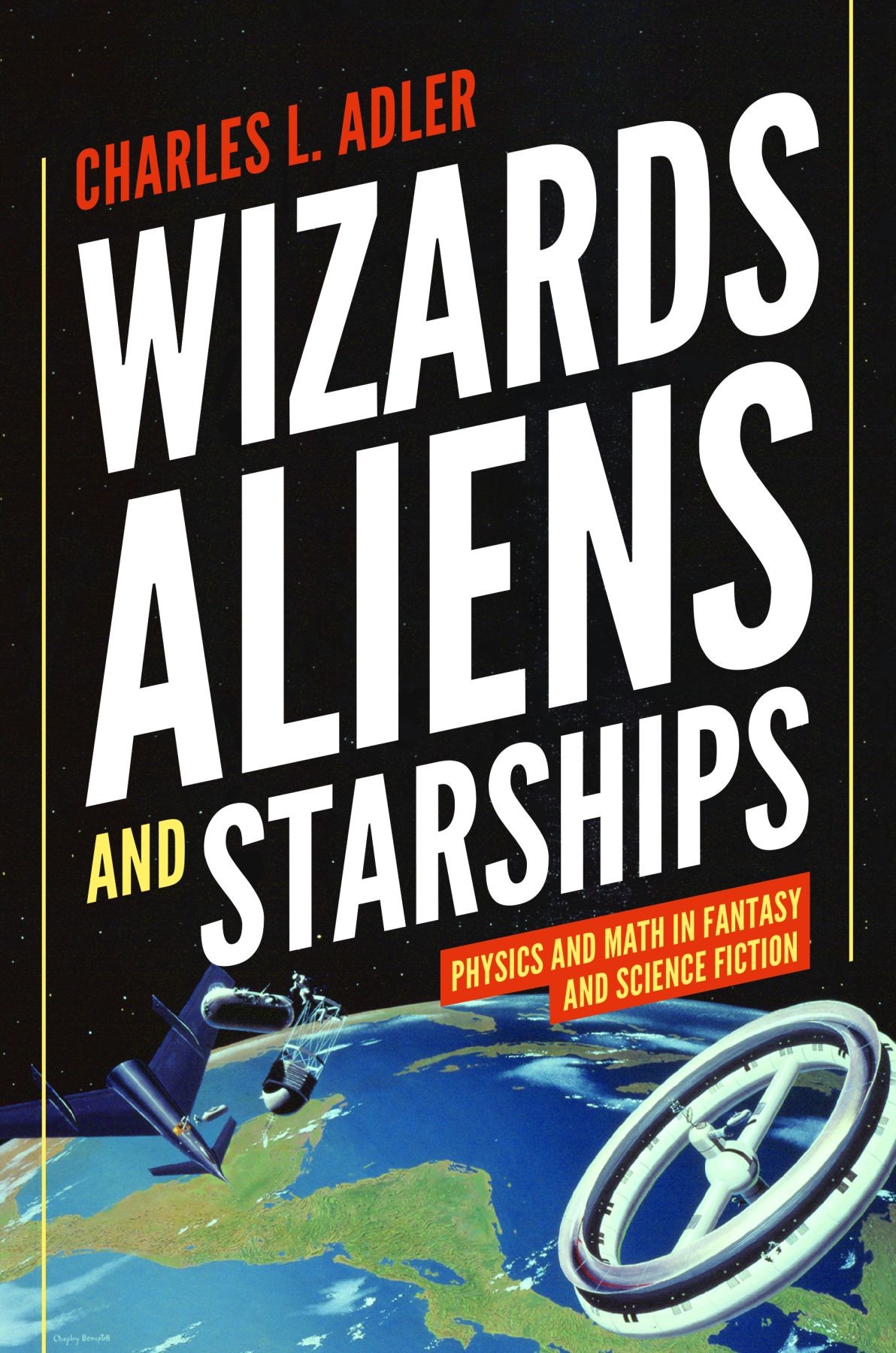The new blockbuster disaster movie Noah looks like it might be harmless, if simple-minded, fun. I want to see it, if for no other reasons than watching Russell Crowe and Anthony Hopkins ham it up, and to see if Emma Watson, a one-time student at my alma mater, can make it big past Hogwarts. I had to explain to my kids why I kept on yelling “Voopa-voopa-voopa… DING!” and “You want a hint? How long… can you tread… water? Hah hah hah hah hah,” every time I saw the trailer. (My wife has ordered them to poke me if I try to do this when we see it.)
Why bring this up here? There’s a teaching point which can be applied to any disaster movie: How reasonable is it from the standpoint of basic science? The science fiction writer Isaac Asimov already observed that the rainfall rate would been enough to swamp an aircraft carrier, let alone a smallish ship (by today’s standards). However, it’s fun to think about.
I want to talk about an aspect of such a disaster which Asimov didn’t cover: where’d the water come from? And how much energy is involved in putting it where it needs to go? We can make some simple estimates using energy methods.
Maybe the water came from the oceans. According to NOAA (no relation) the average depth of the ocean is about 14,000 feet (roughly 4,000 meters.) Since there is three times as much ocean area as land, we can imagine (somehow) emptying the oceans to cover the land to a depth of three times as much, or some 50,000 feet – more than enough to do the job. It would take a heck of a lot of energy to do this, however. This is a very large volume of water: under some reasonable assumptions it’s something like a million trillion cubic meters. The mass of that much water is a billion trillion kilograms, or a million trillion tons.
Let’s say we evaporate the oceans so that it rises into the sky and falls as rain onto the land. This doesn’t happen under ordinary circumstances – the Earth isn’t hot enough to make this happen. The energy needed to evaporate all of the oceans is about the same as the amount of energy which would be used by our world civilization in 9 million years. Another way to put this: it rained for forty days and forty nights. Therefore, the total rate at which this energy would need to be put into Earth’s climate system is some one billion trillion watts – about seven thousand times the total power which the Earth gets from the sun! A power input that large would destroy all life on Earth by boiling everything alive.
If the water came from elsewhere, say a rain of comets, which are largely water, the problem gets worse. The comet impact speed would be about the same as the speed of Earth in its orbit around the sun (30 kilometers per second, or 67,000 mph.) It’s a hefty speed. The speed is so high because the comets would be traveling around the sun in about the same way in which the Earth does. It could be somewhat higher or lower depending on exactly how the collision happens. The total impact energy is given by (1/2) x (the mass) x (impact speed ) x (impact speed), or about seven hundred thousand trillion trillion joules. (Yes, I wrote that right – trillion trillion.) The comet or asteroid which struck Earth 65 million years ago killing the dinosaurs had an impact energy about one million times less than this. With a series of impacts like this, the flooding would be the least of Noah’s problems. He’d have to worry about mile-high waves each time one of the comets struck, the fact that Earth’s atmosphere would be more water than air after the impacts, the complete and utter darkness shrouding the land due to kicked up dust… And how do we get rid of the water afterwards? You need about the same amount of energy to push it back up into space.
Amazingly enough, real disasters like this have befallen the Earth, luckily before any life existed on it. The best theory scientists have on how the Moon formed was due to an impact over four billion years ago by an object about the size of Mars. The impactor had a mass a few hundred times that of all of the oceans on Earth, but the impact would have “only” been ten times more energetic that our hypothetical cometary scenario because the collision was a “slow” one (about 4,000 meters per second, or 8,900 mph). Luckily, there are no more objects that size in the solar system which could collide with Earth.
Two points: 1) Always start with the energy involved if you’re trying to decide if movie “science” is reasonable; 2) I’m still looking forward to the movie. Expect a review if it violates still more basic science.
